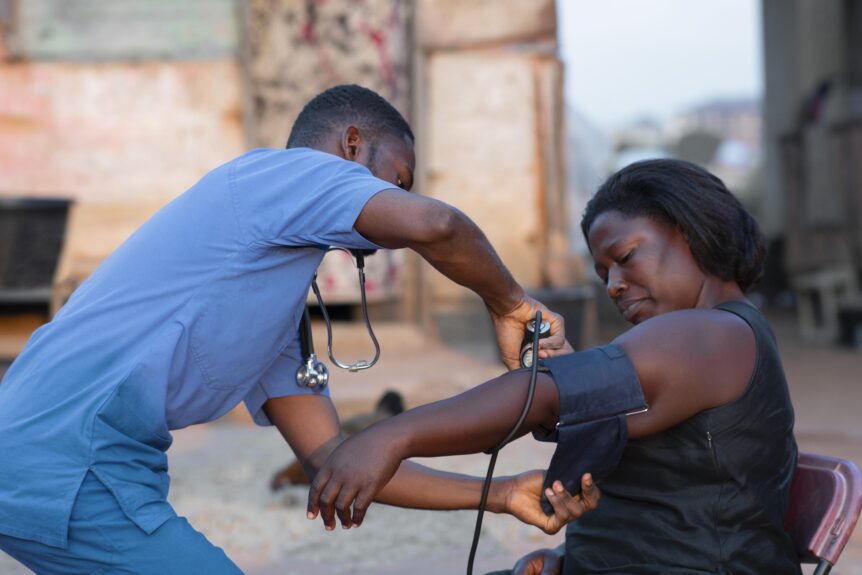Kontro, H., Jensen, M. T., Caswell, A. M., Aboodarda, S. J. & MacInnis, M. J.
Med. Sci. Sports Exerc. (2025).
ABSTRACT Introduction The influence of reduced blood volume on prolonged submaximal exercise is unclear. Using a sham-controlled design, we investigated the effect of acute phlebotomy on physiological responses to 60 minutes of submaximal exercise and its subsequent impact on severe-intensity exercise performance.
Methods After baseline testing and a control trial, 17 moderately trained participants (5 female) underwent phlebotomy (PHLE) to withdraw 7% of total blood volume or a sham procedure (SHAM). Cardiorespiratory, metabolic, perceptual, and neuromuscular responses were assessed before, during, and after 60 minutes of submaximal exercise in the heavy domain (midway between the respiratory compensation point and the gas exchange threshold; 71 [6] % of V̇O2max) and in response to a subsequent severe intensity time-to-task failure (TTF) trial.
Results Phlebotomy significantly affected ventilation (V̇E; +6 [7] % vs. control trial), ventilatory equivalent (+8 [8] %), heart rate (HR; +5 [4] %), O2 pulse (-6 [5] %), and blood lactate ([La]; +25 [32] %) during submaximal exercise (p < 0.05). Submaximal V̇O2, respiratory exchange ratio, perceived effort, and maximal voluntary contraction were unaffected by phlebotomy (p > 0.05).
Phlebotomy reduced TTF by 24 [23] % (P = 0.018) without significantly reducing V̇O2peak (-5.6 [7.5] %, P = 0.09). Changes in V̇E (P = 0.004), HR (P = 0.003), O2 pulse (P = 0.009), and [La] (P < 0.001) between the control and experimental submaximal trials were correlated with changes in TTF (0.40 < R2 < 0.68).
Conclusions Circulating vascular volumes impact physiological responses to submaximal exercise and influence subsequent maximal exercise performance.

